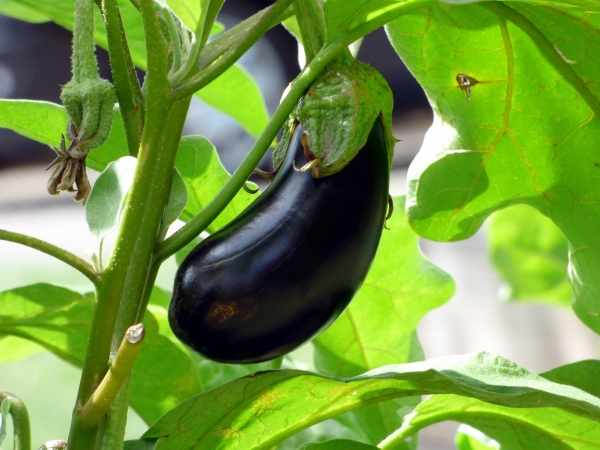The promise for American agriculture is tantalizing: healthier soil, more carbon kept in the ground, less fertilizer runoff, and less need for chemicals. The reality of planting cover crops during the off-season – a much-touted and subsidized approach to climate change mitigation – is more complicated, according to new Stanford University-led research. The study, published Nov. 8 in Global Change Biology, reveals that cover cropping as currently done in a major U.S. crop-growing region reduces corn and soybean yields, and could lead to indirect environmental impacts from expanded cultivation to make up for the losses.
“Use of cover crops is rapidly spreading. We wanted to see how these new practices affect crop yields in the real world, outside of small-scale research plots,” said Jillian Deines, lead author of the study and a postdoctoral scholar in Stanford’s Center on Food Security and the Environment (FSE) at the time of the research.
“Agriculture is a very tricky business to get right, and things typically don’t work out as planned” added senior author David Lobell, the Gloria and Richard Kushel Director of FSE and professor in Earth System Science. “Our view is that constant monitoring, evaluation, and learning is a key part of making agriculture truly sustainable.”
Read more at: Stanford University
Photo Credit: rycky21 via Paxabay)


